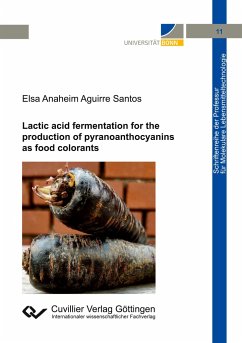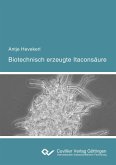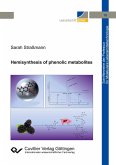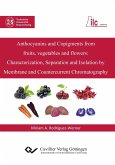The long-discussed safety of synthetic colorants and the demand of customers for more healthy and natural products have resulted in research on natural sources to substitute those artificial colorants. Among natural alternatives, anthocyanins are well-known, nevertheless their use is limited to acidic products due to their poor stability at higher pH and elevated temperatures. Black carrot juice is a remarkable coloring food product mainly used since it has been reported to be a rich source of highly stable acylated anthocyanins and phenolic acids. Pyranoanthocyanins are pigments presented in processed fruit products like juices and wines. The enhanced stability of pyranoanthocyanins at different pH-values renders them as good candidates to be used as natural food colorant. They are reaction products of anthocyanins and different compounds from microbial metabolism. Due to the phenolic composition presented by black carrots, they are a good source of precursors for the synthesis of pyranoanthocyanins. These precursors are anthocyanins and hydroxycinnamic acids. As hydroxycinnamic acids are predominantly bound to quinic acid or sugars, cinnamoyl esterase activity is necessary. Therefore, lactic acid bacteria, able to hydrolyze the ester bond and release the free acids were used. Once released, the hydroxycinnamic acids can be converted into vinylphenols by a second group of LAB displaying hydroxycinnamate decarboxylase enzymes. The formed products react with the anthocyanins to pyranoanthocyanins. The process reported in this study thus demonstrates a very attractive approach to formulate a coloring foodstuff highly stable to be used for the food industry.








